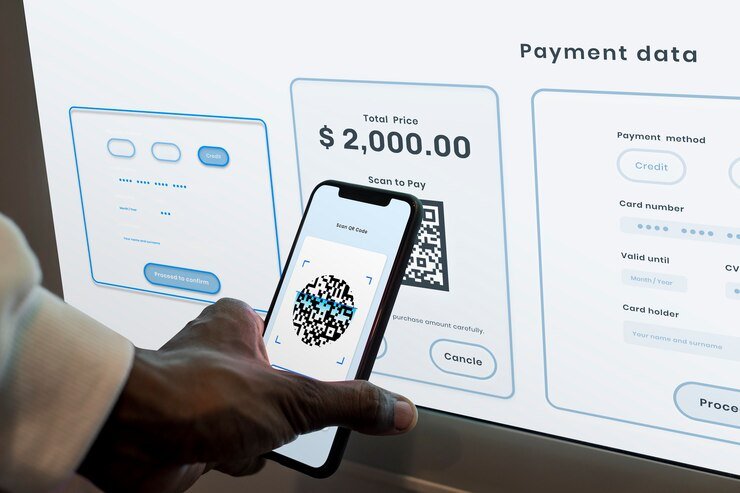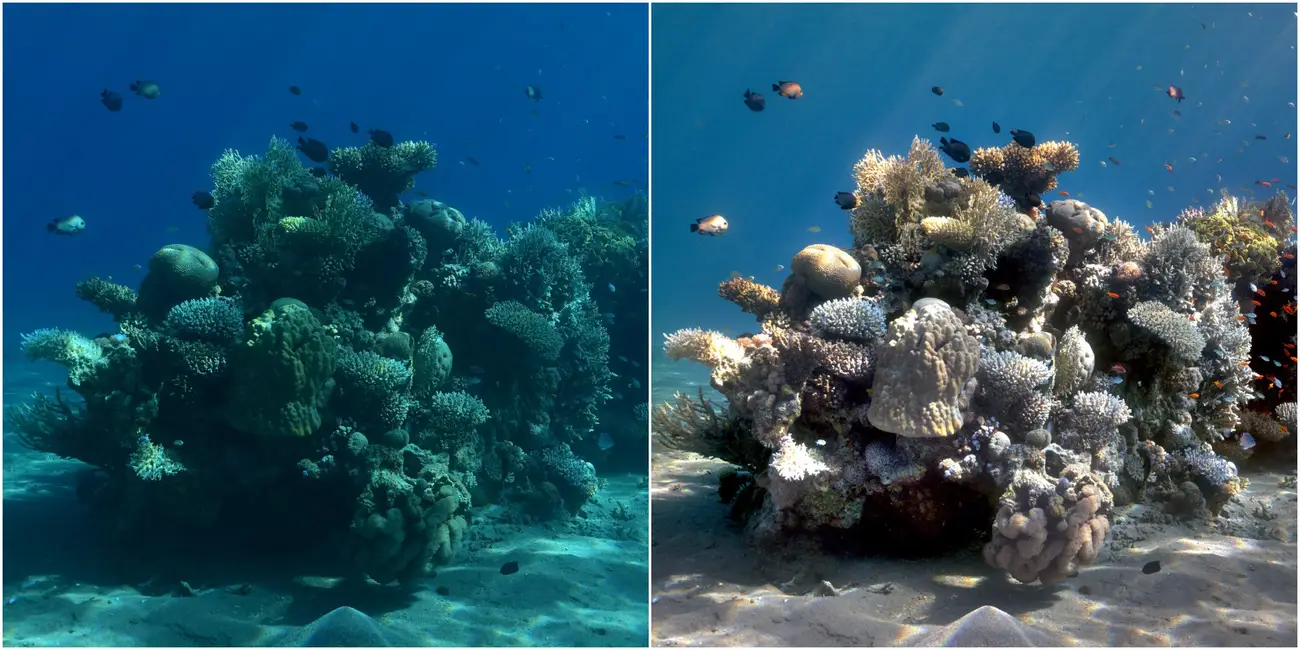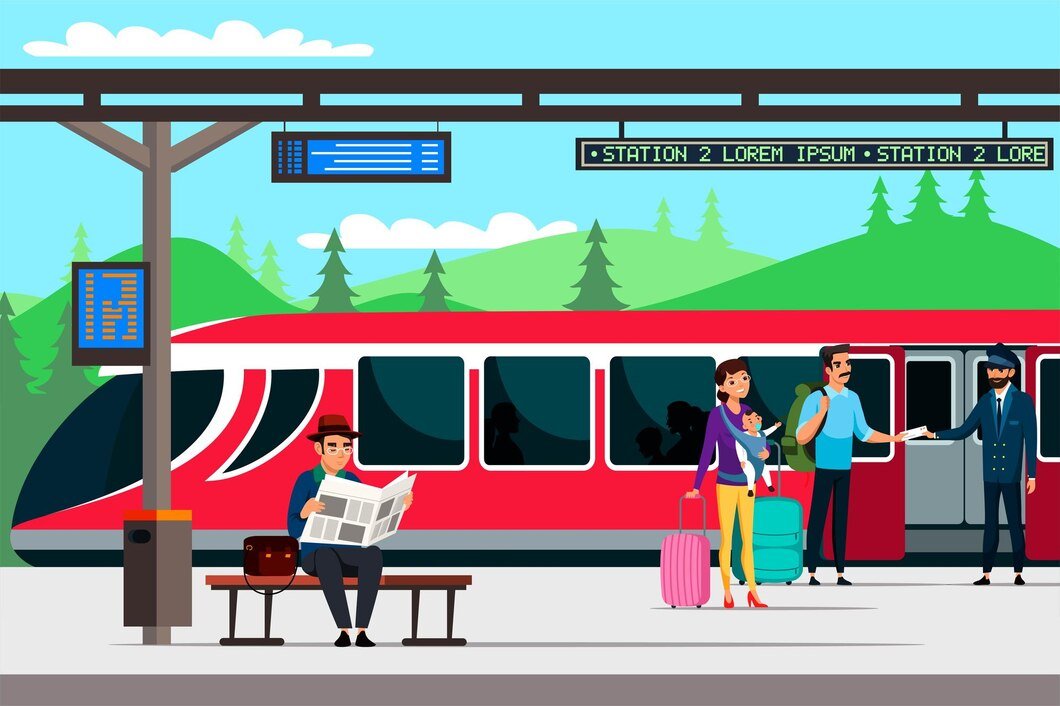- Django
- Python
A web-based blue-collar job management system streamlines scheduling, task assignment, and tracking. It employs machine learning and optimization to enhance efficiency, considering worker availability, location, and skills. This system boosts productivity and communication, benefiting the economy and society.
- JobManagementSystem
- Machine Learning Optimization
- Productivity Enhancement
- Machine Learning
- Python
In today’s digital age, vast information exists in non-digital forms like books and handwritten notes. Optical Character Recognition (OCR) digitizes such content from images using image processing and machine learning. Our system preprocesses images, removes noise, and applies OCR algorithms. The extracted text is saved, offering efficient digitization and enhancing various applications.
- Digitization Solutions
- Image Processing Algorithms
- OCR Technology
- Machine Learning
- Python
Underwater images often suffer from light scattering, absorption, and reflection, causing reduced visibility and color distortion. We propose a two-stage method for underwater image dehazing. First, we estimate the transmission map using the dark channel prior, then apply color correction for improved color balance. Our approach outperforms others in visual quality and quantitative metrics.
- Color Correction
- Dark Channel Prior
- Underwater Image Dehazing
- Machine Learning
- Python
Mobile phones, used by all ages, enhance convenience. Smartphones offer diverse functions Choosing the right one is tough due to myriad options. Users rely on reviews and prices for decisions. Python web app aims to classify and rank smartphone features based on user preferences. It employs machine learning algorithms to analyze smartphone data and refine recommendations with user feedback. The user-friendly interface allows input of preferences for camera quality, battery life, display resolution, etc. By processing a dataset of smartphone features and user ratings, apply regression analysis, clustering, and decision trees. It offers personalized smartphone recommendations, empowering users to make informed choices and enhance their smartphone experience.
- Machine Learning Recommendations
- Smartphone Selection
- User Preferences
- Django
- Python
This Natural Disaster Management System Project in Django was created based on python, Django, and SQLITE3 Database. A disaster management system (DMS) is a database that collects and reports data about natural disasters. In the event of a natural disaster, residents in the affected region can report the incidence. This occurrence can be recorded in a database and reported to government officials so that proper accident prevention measures can be taken.
- Disaster Management
- Django Project
- Natural Disaster Reporting
- Machine Learning
- Python
Scholar placement is a crucial aspect of academic institutions, impacting admissions. Institutions enhance placement departments to bolster this process. This paper analyzes historical student data to predict placements, presenting a recommendation system employing Naive Bayes and K Neighbors algorithms to increase efficiency. The system aids in identifying potential students for skill improvement.
- Academic Placement
- Predictive Analytics
- Recommendation System
- Machine Learning
- Python
In recent years, rising interest in online education, including MOOCs and SPOCs, has brought forth challenges like student engagement and performance prediction. This review covers cutting-edge research on using machine and deep learning to predict online learners’ outcomes, categorizing features, strategies, and evaluation metrics while addressing challenges and limitations.
- Learner Performance Prediction
- Machine Learning in Education
- Online Education
- Machine Learning
- Python
Generating realistic faces from sketch images or textual descriptions is a fundamental challenge in computer vision due to the limited facial details in sketches. this has a face hallucination problem. It involves an image translation network utilizing adversarial networks to enhance facial attribute accuracy. It combines sketch images and attribute features perceptually, distinguishing it from most attribute-embedded networks. network comprises a feature extractor and down-sampling/up-sampling networks, using skip-connections to reduce layer complexity while maintaining performance. The discriminator assesses attribute presence in generated faces. This approach outperforms current image translation methods.
- Adversarial Networks
- Computer Vision
- Image Translation
- Machine Learning
- Python
In this study, we introduce a novel approach, the Multi-Stream Adaptive Graph Convolutional Neural Network (MS-AAGCN), for skeleton-based action recognition. It addresses previous issues by dynamically learning graph topology and incorporating second-order skeleton data information. The model’s adaptability enhances generality and accuracy, outperforming existing methods on NTU-RGBD and Kinetics-Skeleton datasets.
- Graph Convolutional Neural Network
- NTU-RGBD Dataset
- Skeleton-based Action Recognition
- Machine Learning
- Python
The Rail Time app offers Indian Railways services and information, facilitating journey planning from any station by any train, preempting service disruptions. It covers station details, train schedules, PNR status, fare, accommodation, and reservations via a user account. Beneficial for tourist bureaus aiding foreign tourists and NRIs.
Modules Description
Train Details
Details about each train, its code, name, destinations, the timings etc.
Station Details
Details about each station, facilities available, the arrival and departure timings of the trains at a particular station etc.
Login
To register a new account and to login
Reservation
User reservations using a valid username and password.
Updates
To inform updates in charges, timing, new stations and trains etc.
- Indian RailwaysApp
- Train Schedules
- Travel Planning









